July 16, 2015
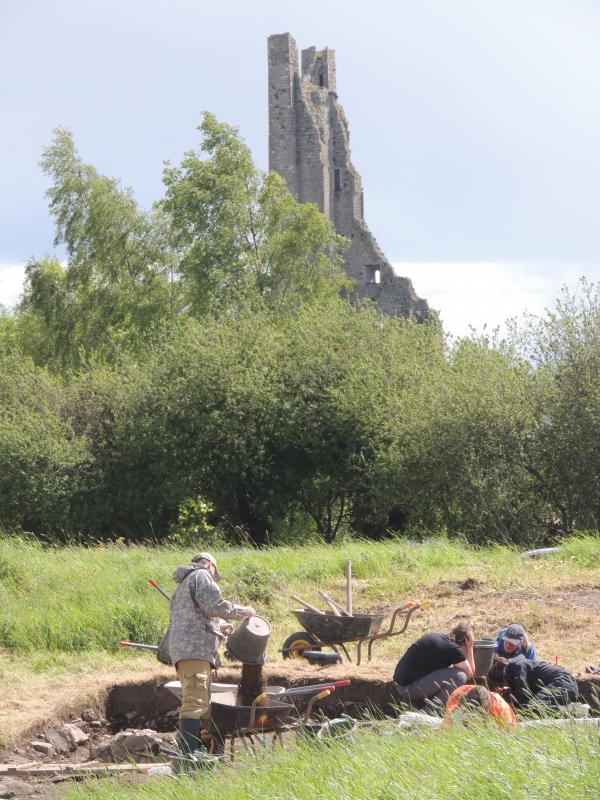
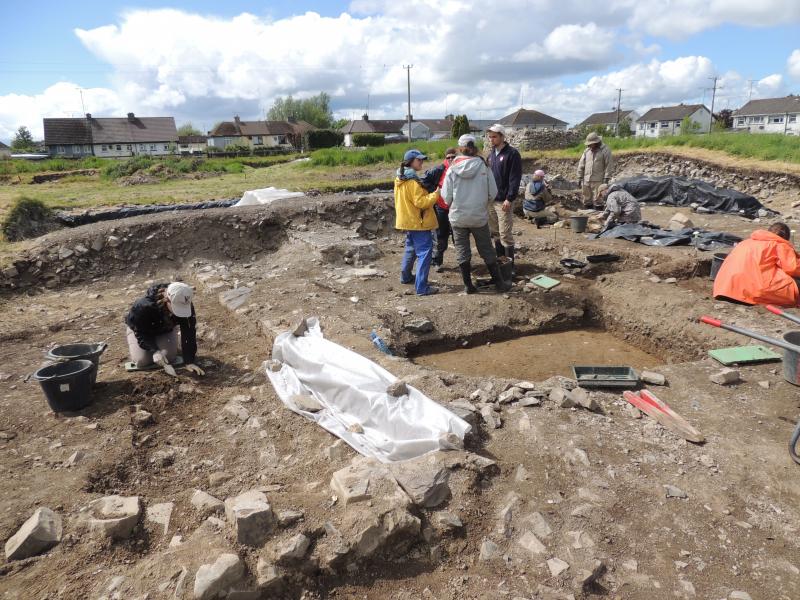
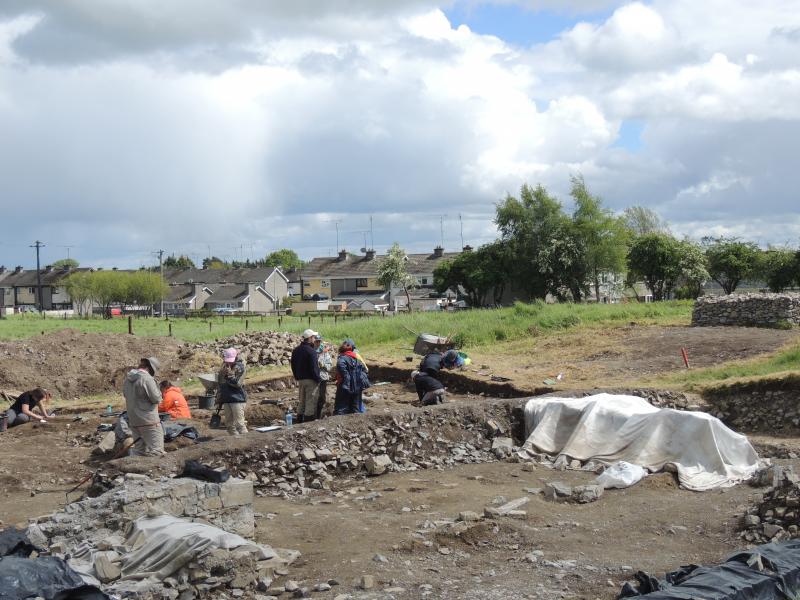
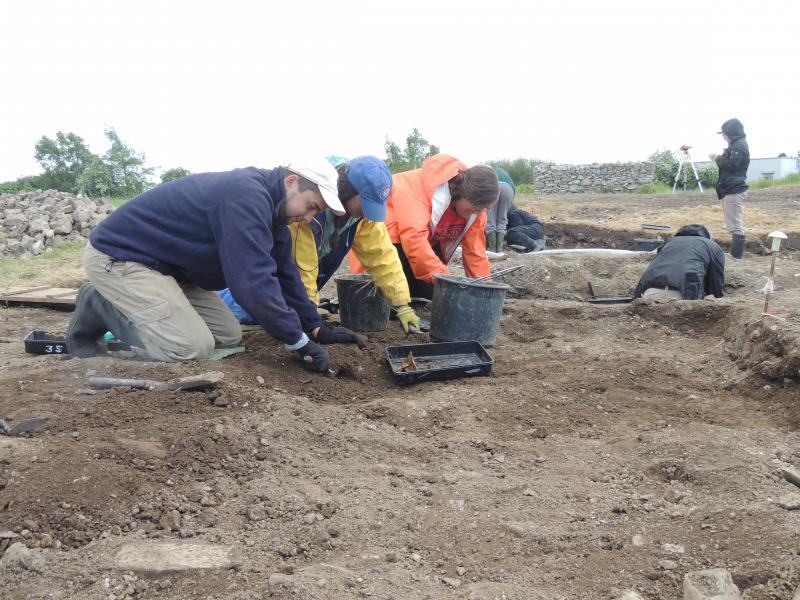
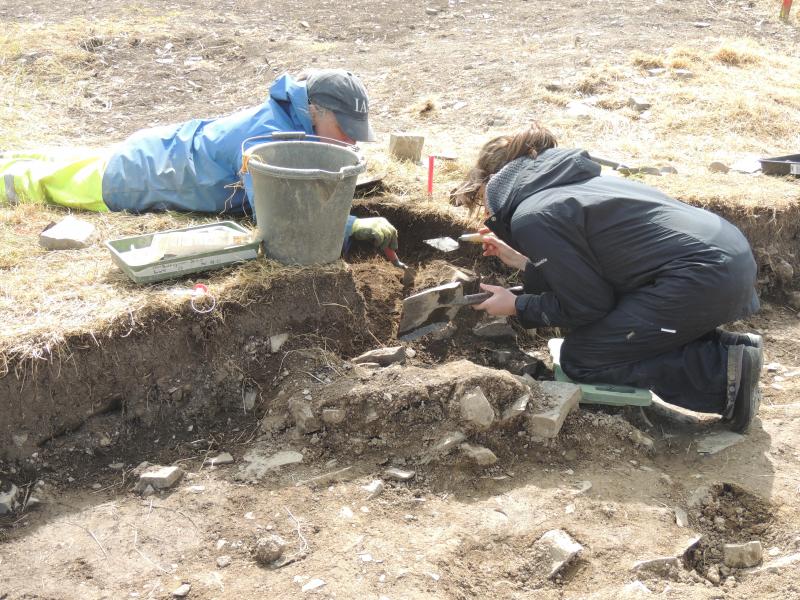
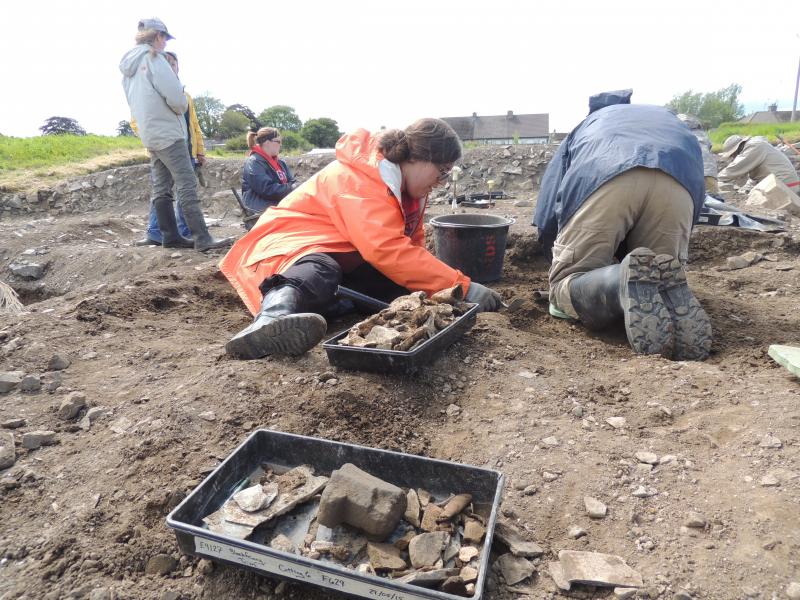
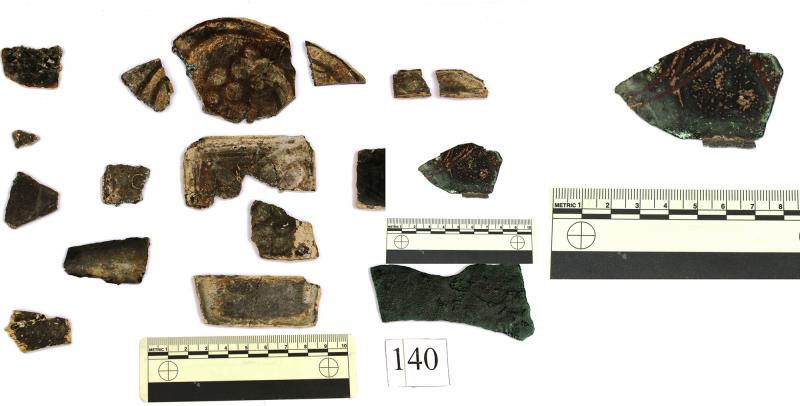
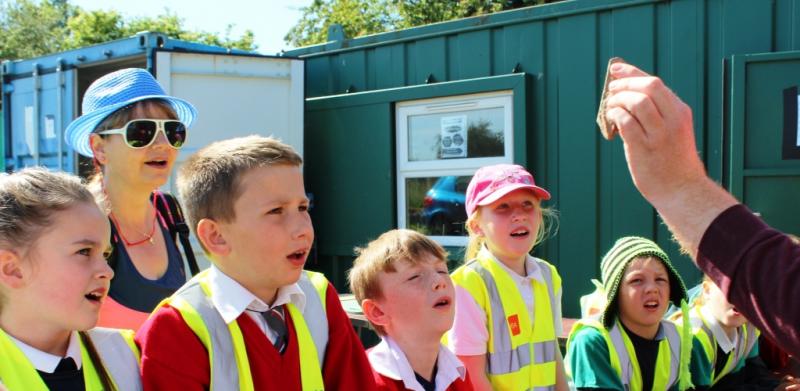
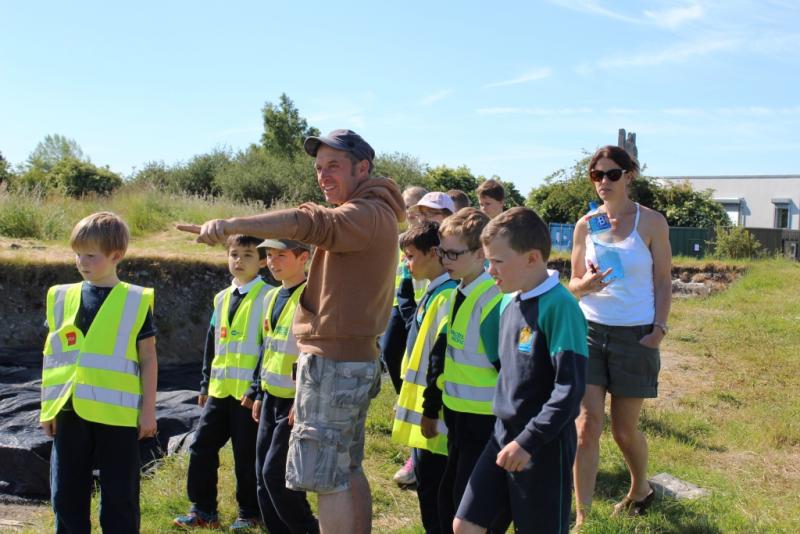
Cutting 6 began with a general tidy up and was ready for the new season by the time the first group of students arrived on site. However, new students also helped with the continuing clean-up tasks onsite; tidying spoil heaps and ensuring that there were no stones hidden in the grass which could be trip hazards.
Last season we had uncovered a significant part of the east range of the domestic buildings by enlarging Cutting 6 to a 20m by 20m area extending into the gardens which lay east of the range, and also exposing what we believe to be part of the chapter house.
There was evidence from last season’s work that the east range has walls of different constructions. Interestingly, one internal wall appears to have been clay as opposed to mortar bonded which either suggests that some internal walls were more cheaply built or that there is phasing evident, with perhaps the earlier internal walls being clay bonded. The stairs which we found may be a later insertion suggesting that the east range may initially have been built as a single story structure.
The Ohio State students began excavating to the rear of the east wall of the east range, which is in the gardens of the friary. This produced a lot of animal bone, shells, and medieval pottery. More notable finds included medieval floor tile fragments and roof tiles. So far this season we have done further work in the area of the chapter house and it was realised that its north wall extends past the width of the east range. Stone footings for what appears to have been possibly a double step for a bench which ran around the walls of the chapter house, and on which the friars would have sat are being uncovered, and these also extend eastwards. We now can say that at the time of its destruction it was approximately 12m or 40 feet long. As the friary was listed as hosting parliamentary meetings at some points in its history, and also hosted meetings of bishops and of the wider Dominican Order, the Chapter House was very likely used in this capacity and may well have been extended to its present size to cope with such meetings. We may also have found a fireplace in the adjacent room, possibly the calefactory or warming room, but this is yet to be confirmed. A copper alloy key was uncovered adjacent to the hearth and may have been for a casket. The calefactory adjoined the chapter house and this is the norm in many friaries.
Two infant burials were uncovered in the southern baulk of the cutting at a very shallow depth, and these lay within the chapter house which extends south beyond the present southern limit of the cutting. The edge of the cutting was extended so the burials could be fully excavated. These also form part of our Cillín cemetery, burials of unbaptised infants placed here, on formerly consecrated ground. These would have been buried at a time when the Black Friary was no longer in use as the main cemetery for the Catholic population of Trim, but the site was still remembered as a burial ground and used for those not allowed in the official graveyard.
]” title=”Ohio students excavate in Cutting 6 with finds trays exhibiting possible architectural fragments.”>
]” title=”Stained glass fragments after conservation. “>
]” title=”Mark McConnon (unseen in photograph) shows schoolchildren finds.”>
]” title=”Ian Kinch leads schoolchildren on a tour. “>
Architectural fragments uncovered in cutting 6 so far include door jambs and window mullions.
Cutting 9 has also been re-opened. This cutting in which the foundation trench for the church south west wall has been uncovered will need further excavation. At present students are cleaning back cutting 9 ready for another season. So far some DHB and stained glass has been recovered.
Questions which we hope to address for season 2015 are: is there any indication of the church’s west wall extending beyond the current foundation trench, or was the nave only approximately 22m long? How does this foundation trench articulate with the side aisle uncovered in Cuttings 2 and 10 and is the presumed line of the arcade of columns which separated the nave from the side aisle on the line of the original south wall?
We are resuming work in cutting 3 which encompassed part of the nave of the church in the area where it is adjacent to the chancel. The eastern end of the nave may include the rood screen. According to the Dominican ordinance around 1260 rood screens would have been integral to the church. We are working on burials which were contained within the nave between the chancel arch and supposed rood screen. We uncovered a lot of human remains in past seasons and are trying to get the full depth of burials in this area. There is quite a bit of work remaining to be done in this area.
Our community outreach program is going well, and we have had over 200 schoolchildren visit in groups of 8 – 28 at a time accompanied by teachers and some parents. The children, some of whom had previously visited the site with Dr. Stephen Mandal and DigIt Kids, had lots of questions and interesting ideas. They were shown around the site by the directors and supervisors Laura Corrway and Ian Kinch, and Bairbre Mullee and Mark McConnon showed a range of finds to them, assisted in all cases by students who answered lots of questions from the children.